Handwriting Readiness: Fine Motor Activities and Letter Work
This post may contain affiliate links.
“Back when I went to teaching school, we had an entire semester on handwriting,” my new colleague grimaced as she looked at my messy handwriting on the chalkboard after my first day of teaching. I never did improve my handwriting, nor did I have any idea how to teach it.
Schools have too much to teach in too short of time. Handwriting practice is low on the list of priorities. It’s getting cut out of curriculums if it’s been there at all.
Recently I spoke with Jan Olsen, creator of Handwriting Without Tears. She said, “It’s unthinkable that you would teach reading without training. . . a lot of people who have been trained to teach how to write a story but can’t tell your child how to make a letter.”
Gulp.
Parents, I have news for you. We need to teach handwriting at home. Because even if they get it in preschool and elementary school like mine, they might not be taught correctly. Both my kids have poor handwriting. I didn’t do my part in helping them learn it correctly from the start. I am now making up for lost time.
And, just to remind you, handwriting is important for your child’s success.
- It has cognitive benefits (brain boosting).
- Your child will get better grades in school and on tests.
Now, let’s get to what you’ll need to do with your child.
Handwriting Readiness, Children Ages 2 – 5
At age 2 – 5, work on getting ready to write. You want to focus on:
- Fine-motor development
- Eye-hand coordination
- Strengthening fingers, hands, arms
- Directions (top, bottom, left, right, over, under, up, down, top, middle, bottom)
- Names of fingers (helps when you’re learning to hold a writing tool)
- Grip (Watch this proper pencil grip song)
Handwriting Readiness Activities At Home

- pick up buttons (if they’re old enough not to be choking hazards)
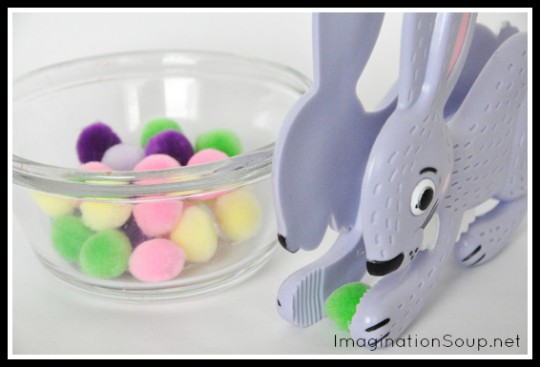
- pick up puff balls with tongs or tweezers
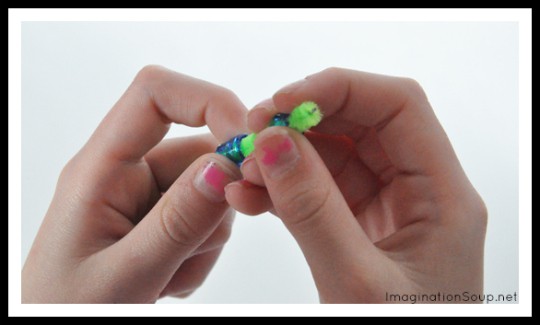
- string beads on pipe cleaners
- finger painting
- draw and scribble
- sing “Where is Thumbkin” (to learn the names of fingers)
- follow directions to move up, down, left, right
- spray with a squirt gun or spray bottle
- play Thumb War
- play Pick-Up Sticks, High-Ho CherryO, or Operation

- find objects in silly putty

- play with clothespins
Learning to Write, Children Ages 4 – 7
Depending on when the child is ready, they will soon be ready to start writing. You’ll start with:
- Drawing lines: vertical, horizontal, diagonal, circles, squares, triangles
- Drawing anything
Keep working on fine motor skills with these activities:
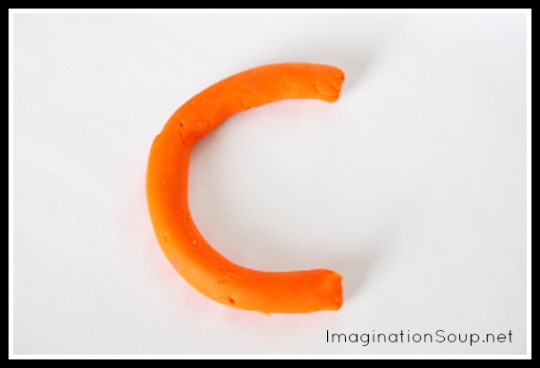
- roll and make letters in play dough
WATCH: Roll-a-Dough building letters video from Handwriting Without Tears - complete a maze
- draw scratch art
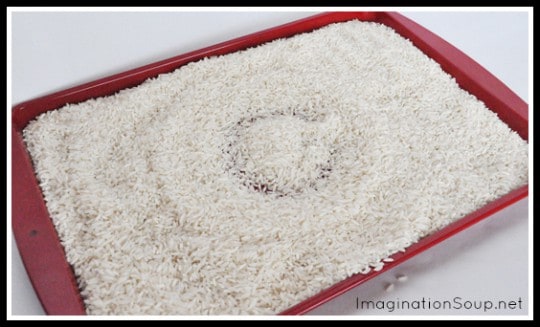
- make letters in a rice or sand tray

- make letters with Wikki Stix
- trace letters
- use the Wet-Dry app
- try the Letter School app
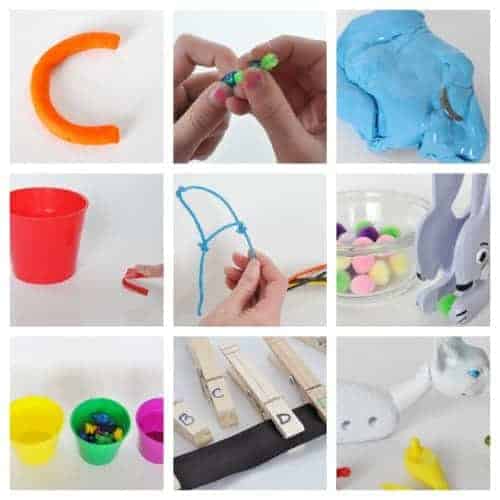
Learn to Write Letters Correctly
Since it’s up to us to teach our kids correct letter formation, I’m excited to start with the Handwriting Without Tears (HWT) curriculum.
HWT Creator, Jan Olsen, explained, “I’m an occupational therapist, . . . what I developed were my own skills but I came to it from a background in child development and task analysis. I know how to help kids hold a pencil. I know how to teach letters and numbers that aren’t backward. I know how to make cursive easy.”
She also recommended that I work on her curriculum over the summer so it doesn’t become a battle along with homework.
“It doesn’t matter what grade you are in when you start the Handwriting Without Tears program. That’s one reason we don’t put any grades on our workbooks.” (However, grade level is indicated in the online shop to guide parents.)
I’m going to start with the teacher’s guide and watch the video lesson online. How about you?
Where are you on the handwriting continuum?
Are your kids getting enough instruction and practice in school or do you need to do more at home?
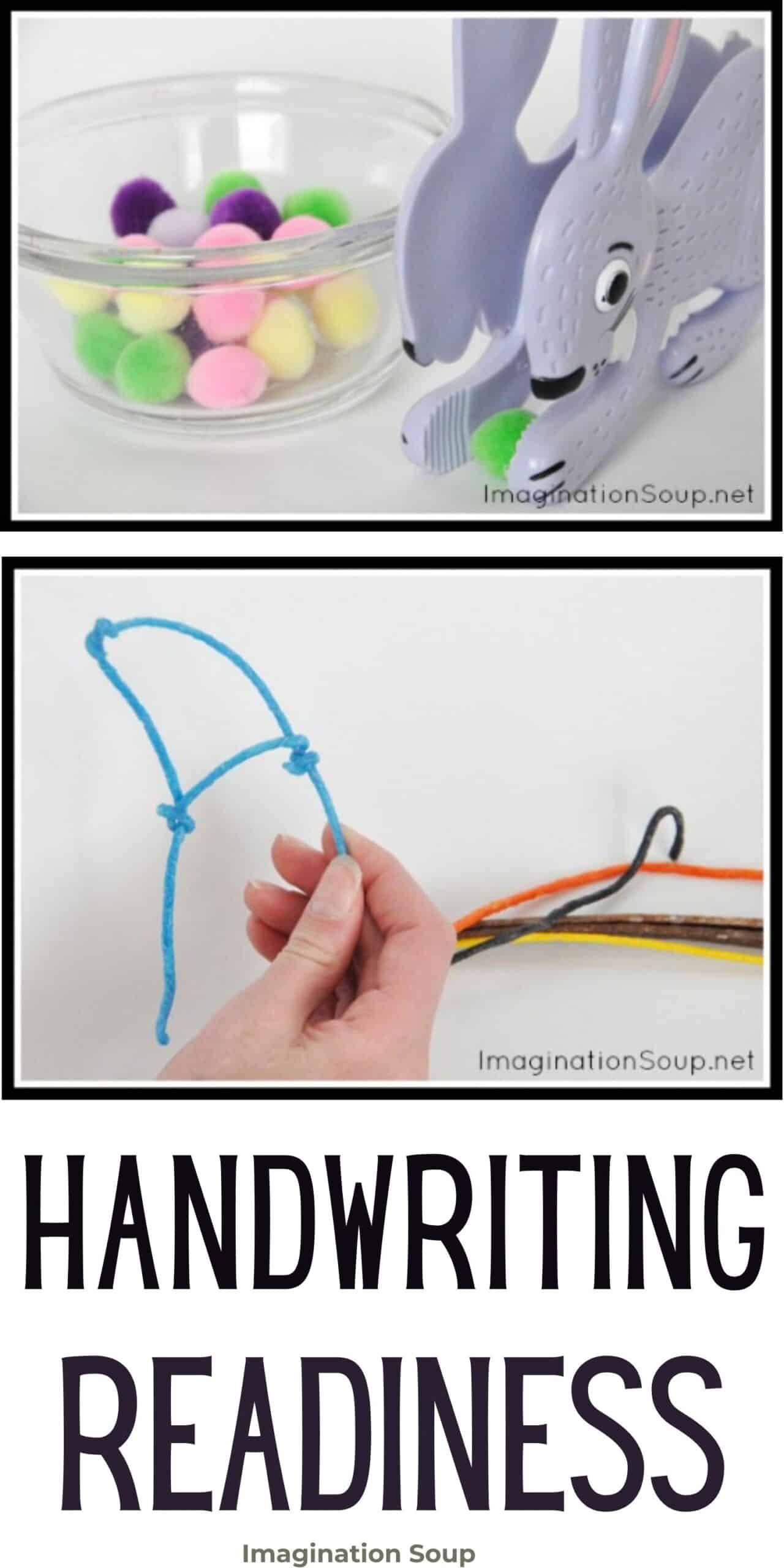
Follow Melissa Taylor’s board Writing Activities for Kids on Pinterest.

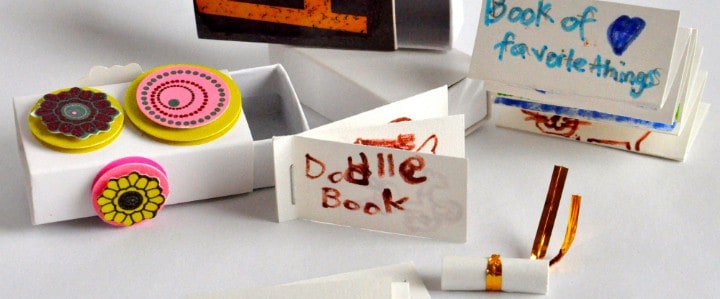

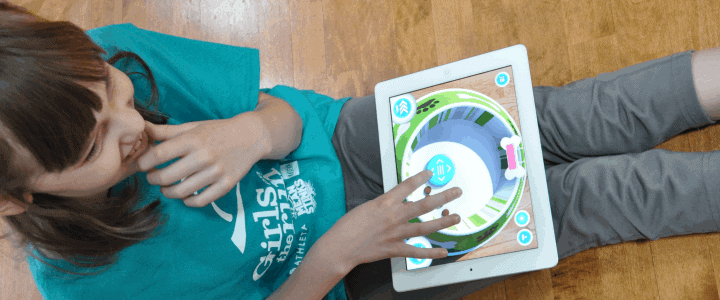
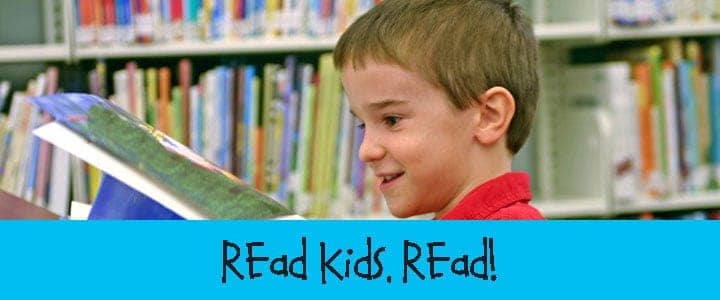


This is such a relevant topic for us as we’ve been working with our 6 yo on handwriting lately and, to be honest, I am a bit frustrated. She started out learning HWT and while I really like the structure and natural learning of that method, it’s enough different that when they switch to another school it may not completely translate to other styles. She moved to a Montessori preschool and learned more of a ball-and-stick there (Zaner-Bloser?) and now she is in kindergarten and her new school wants her to do D’Nealian style, which is more like a manuscript and supposedly is a good transition to cursive writing. Poor kid – she keeps getting frowny faces on her work because her letters aren’t formed “correctly”. In her defense, she’s learned 3 styles in 4 years of education – I’d be confused, too! I spoke to the teacher about it and she said that while D’Nealian is adopted by the district to help them learn cursive, once kids get into middle school the teachers have told them they don’t want them writing in cursive due to illegibility issues. I’m not sure what I should be helping her to learn at this point and fear she’ll end up like me with very confused handwriting – half print and half cursive! As a side note, there is a great app called Letter School that allows you to choose from three different styles (including ZB and DN, but not HWT).
I am bookmarking this post for my kids both at home and at preschool. I love all the ideas and I can’t believe how much our kids are learning and yet STILL areas get greatly neglected. I think more creative teaching and less forced teaching would help, but that’s another story/battle.
Thanks so much for the resources and post! I am a high school teacher that struggled with students who couldn’t read cursive, therefore they couldn’t read my notes on their papers, on the board etc. At first I thought it was my writing, but then they admitted they just couldn’t read cursive.
I believe handwriting is not dead as others proclaim, and these resources are excellent indicators of such!
I also have a 3 year old who is left handed, and she does well with certain letters but it is difficult for my right handed brain to teach her!
http://www.teachmary.com
Great timing – my three-year-old has just started writing and I’ve been wondering what the best way to tackle this issue would be. I’ll give this a try. Maybe I’ll go through the program for myself at the same time…
I loved Handwriting Without Tears and so did my kids when they used it in Kindergarten but my youngest, now 8, didn’t get it. My school stopped using it so I had to buy the books myself.